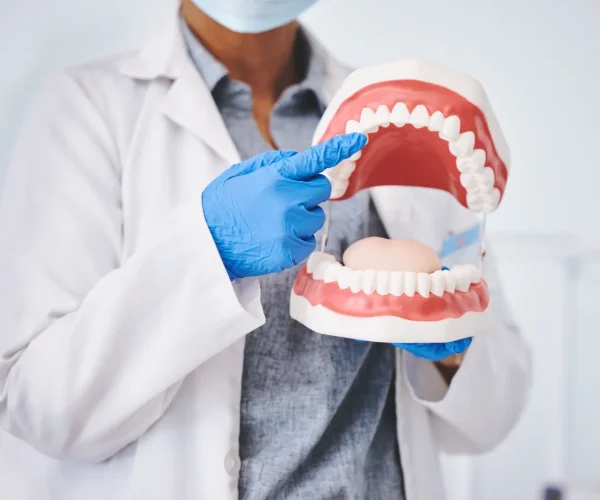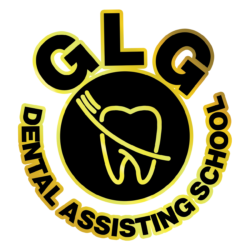Why Dental Anatomy Classes Matter
for Aspiring Assistants

Dental anatomy classes are essential for anyone starting a career in dental assisting. From identifying teeth to understanding oral structures, this core subject builds the knowledge and confidence needed to provide safe and effective patient care. If you’re preparing for a dental assisting program, mastering dental anatomy should be one of your top priorities. It’s more than a classroom requirement—it’s the gateway to becoming a skilled, reliable professional in any dental setting.
The Foundation of Every Dental Procedure
Dental anatomy classes teach the names, shapes, and functions of teeth, as well as the structure of the mouth, gums, jawbone, and tongue. Knowing these details helps dental assistants distinguish between normal and abnormal conditions. Whether supporting a dentist during a filling or cleaning tools used for extractions, understanding what’s happening inside a patient’s mouth is critical. This fundamental knowledge helps assistants follow procedures more efficiently and identify potential issues early on.
Dental Anatomy Classes and Patient Safety
Proper knowledge of dental anatomy from classes enables assistants to anticipate a dentist’s needs, explain procedures to patients, and minimize errors. For example, identifying the right quadrant and tooth number ensures accuracy during procedures. If an assistant can’t distinguish between a molar and a premolar, they could hand the wrong tool or prep the incorrect area. This is why anatomy training is a safety essential. It supports smooth workflows and protects patients from avoidable complications.
Enhancing Chairside Assisting Skills
Chairside support is one of the main roles of a dental assistant. Dental anatomy classes improve performance by helping students understand how oral structures affect procedures. When a dentist is working on a root canal, the assistant must be aware of the root’s length, curvature, and position. That knowledge allows for more accurate suctioning, retraction, and tool handling—making the assistant a valuable part of the team. It also speeds up procedures and contributes to a more comfortable experience for the patient.
Improving Communication with Patients
Patients often have questions about their treatment. With dental anatomy training, assistants can confidently explain fundamental oral health issues in easy-to-understand terms. For example, instead of saying, “You need a procedure on tooth 13,” they can explain it’s the upper left second premolar. This builds trust and helps patients feel informed and cared for. Good communication also reduces patient anxiety and ensures they understand their follow-up care instructions.
Preparing for Certification and Job Success
Many certification exams include questions based on content from dental anatomy classes. Reviewing this subject can improve test scores and job readiness. It also gives new assistants an advantage when applying for jobs. Employers are more likely to hire candidates who can confidently identify oral structures and understand dental terminology. Plus, strong anatomy knowledge lays the groundwork for career advancement and continuing education in dental hygiene or other specialties.
Final Thoughts: Building Confidence Through Education
Dental anatomy classes aren’t just about memorizing teeth—they’re about building the skills that make a successful dental assistant. From safety and communication to hands-on support, this foundational knowledge sets the stage for long-term success in the field. It’s one of the first steps in transforming interest into impact in a rewarding healthcare career.
Looking for a quality dental assisting program that includes in-depth anatomy training? Contact us today to learn more about our curriculum and upcoming enrollment dates. Read more on our GLG Dental Assisting School blog for tips, guides, and success stories from dental assistants like you.
